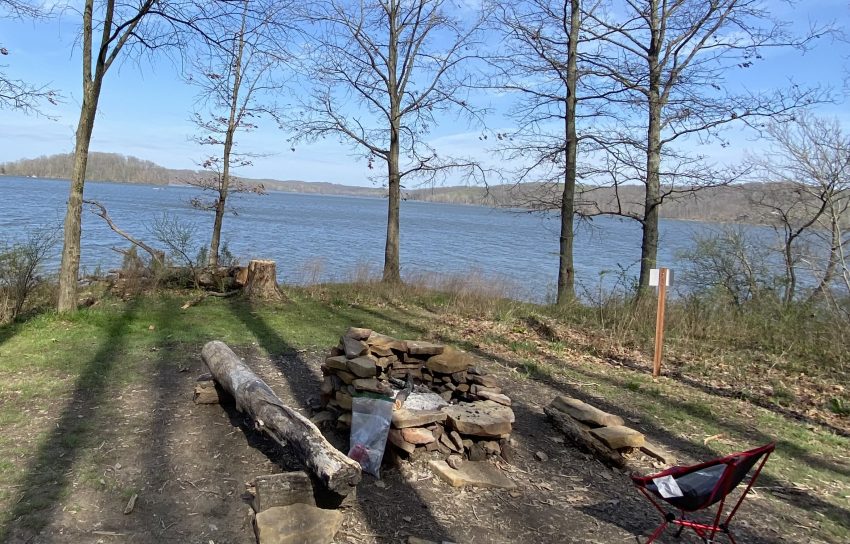Choosing a safe campsite is an important considerations for any camping trip. Here are some tips to help you choose a safe campsite and minimize your impact on the environment or causing an injury.
Research the Area
Before you go camping, research the area where you plan to camp. Look for information about the local wildlife, weather patterns, and any hazards that may exist.
Choose an Established Campsite
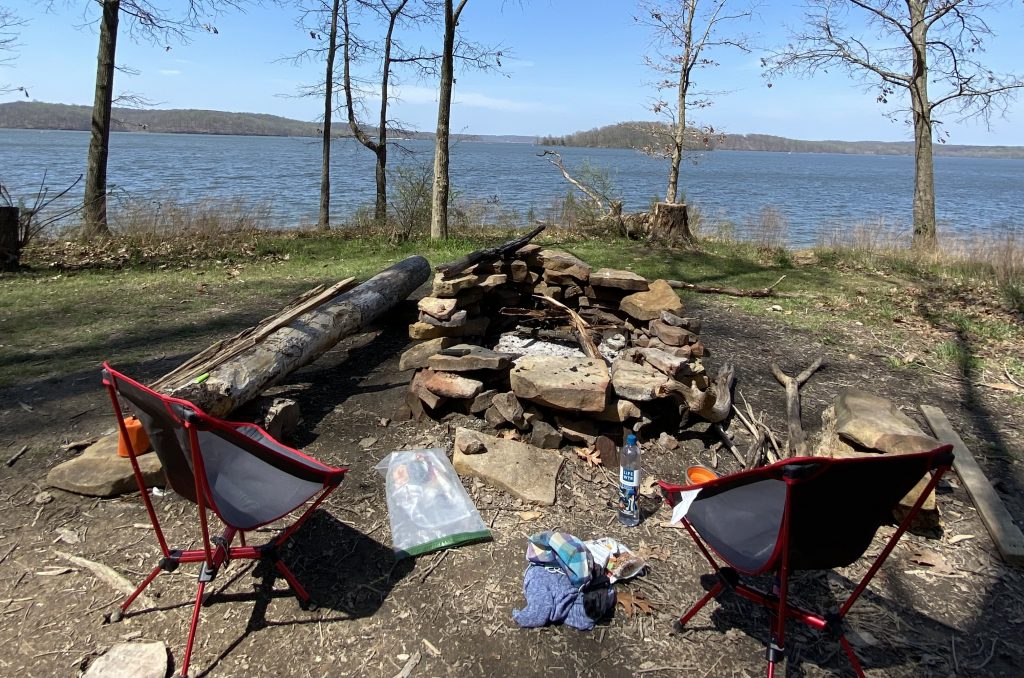
Whenever possible, choose an established campsite. These sites have already been impacted by camping and will be more resistant to further damage.
Look for A Level Ground Campsite
Choose a flat, level area to set up your tent. This will help prevent accidents and ensure a good night’s sleep. If you are hammock camping you’ll want to find sturdy trees. Never hang a hammock from dead or flimsy trees.
Avoid Widow Makers Around Your Campsite
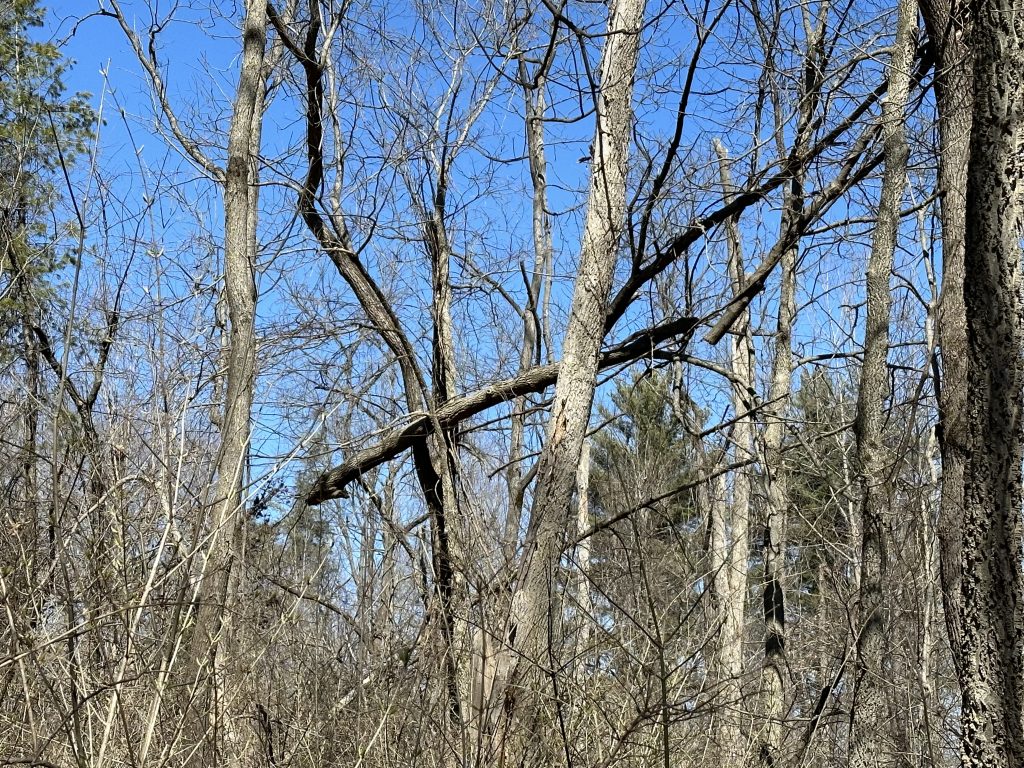
Always look up in the trees to check for widow makers from falling onto your hammock, tent or campsite in general. (A widow maker is a large tree branch or trunk that is at risk of falling and causing injury or death.)
Avoid areas prone to flooding
Be sure to avoid setting up camp in areas that are prone to flooding or flash floods. These areas can be dangerous and may cause damage to the environment.
Leave No Trace
When you leave your campsite, make sure to leave no trace behind. This means packing out all your trash, burying human waste (at least 200 feet from water sources), and leaving natural features as you found them.
Use Established Fire Rings
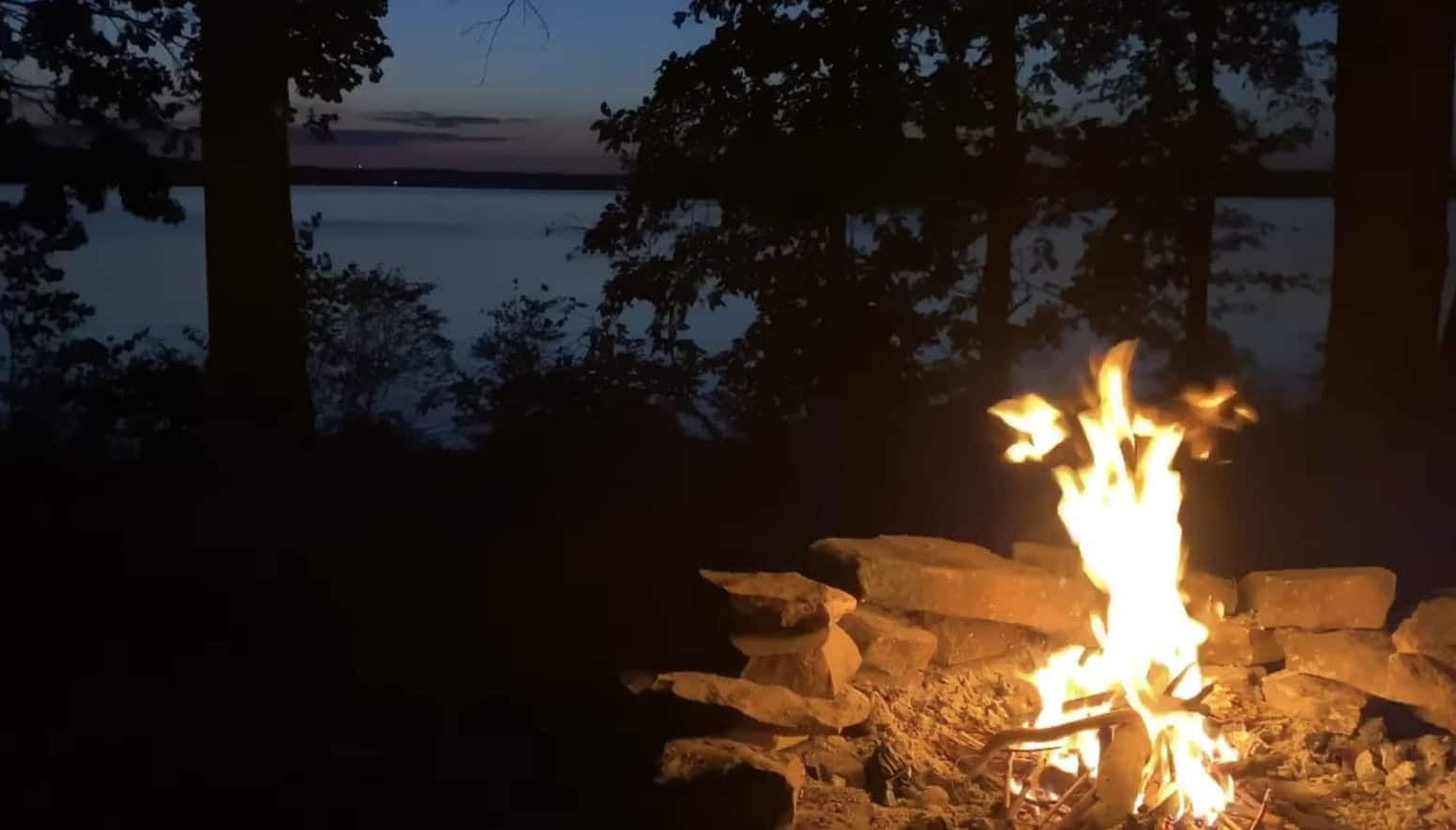
If you plan to have a campfire, use an established fire ring or a designated fire area. This will help prevent wildfires and minimize the impact on the environment. If your campsite doesn’t have a fire ring or a marked location look for a spot that is at least 15 feet away from any tents, trees, or other flammable materials. Make sure the ground is level and clear of any debris or dry vegetation. If the ground is not level, you can dig a shallow hole and line it with rocks to contain the fire.
Respect Wildlife
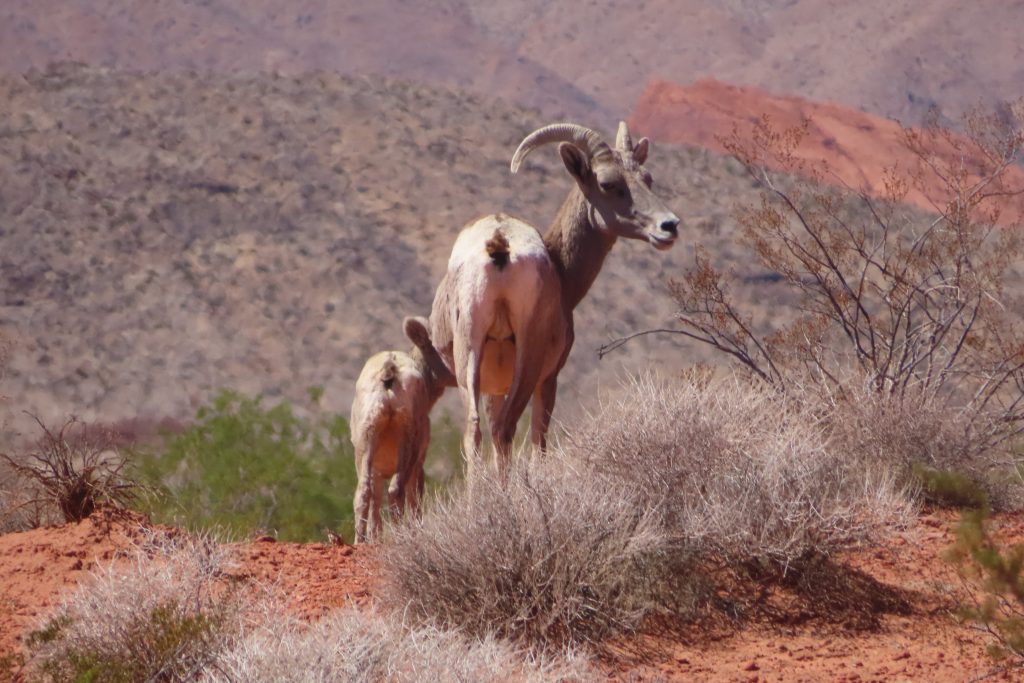
Avoid feeding animals and keep a safe distance from them This will assist in ensuring their safety and keep them from turning to people for a food source. If you see wildlife activity such as bear scat or carcasses search for another campsite.
By following these tips, you can be confident in choosing a safe campsite and minimize injury, plus your impact on the environment. Remember, it’s important follow Leave No Trace and leave the outdoors better than you found it.
